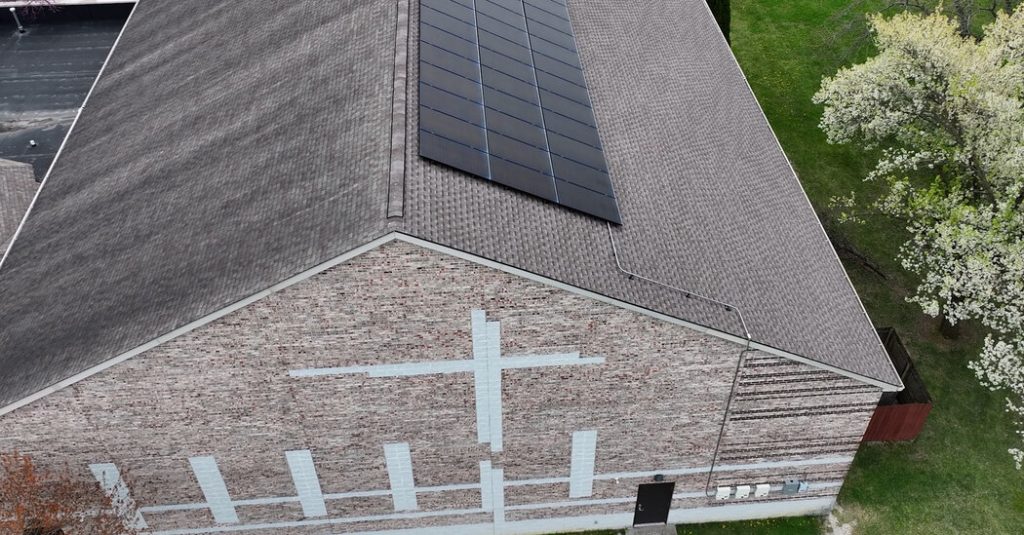President Trump said on Sunday that he wanted federal law enforcement agencies to work on restoring Alcatraz, now a museum, to a functioning maximum-security prison.
Repeating one of his constant refrains that the United States had become a dangerous, lawless place, Mr. Trump wrote on social media that he wanted Alcatraz, an island in San Francisco Bay, to be enlarged and rebuilt “to house America’s most ruthless and violent offenders. We will no longer be held hostage to criminals, thugs, and judges that are afraid to do their job and allow us to remove criminals, who came into our country illegally.”
It was not immediately clear how his musing could be put into action, given that any such project would be extraordinarily expensive and that the administration already planned to cut billions of dollars from the Justice Department budget.












